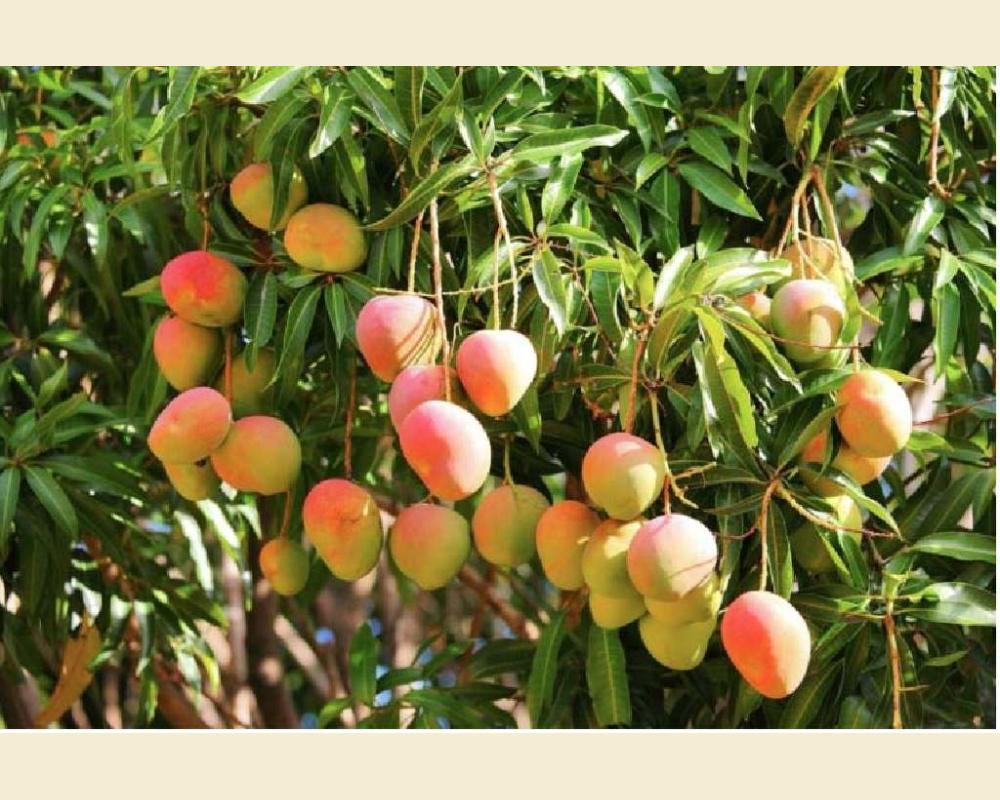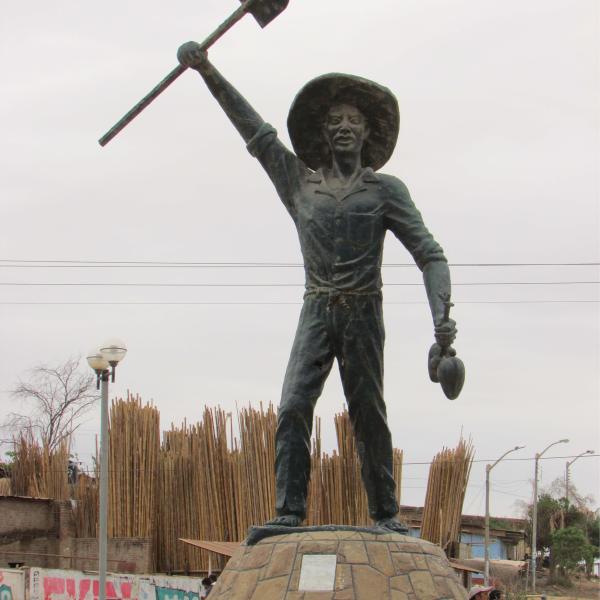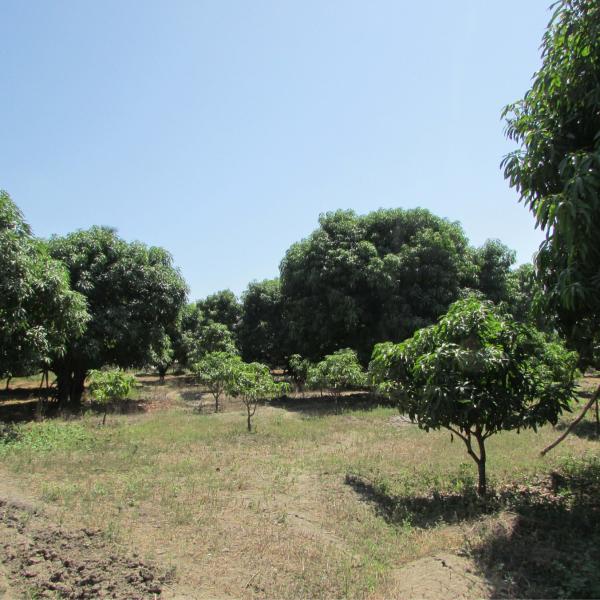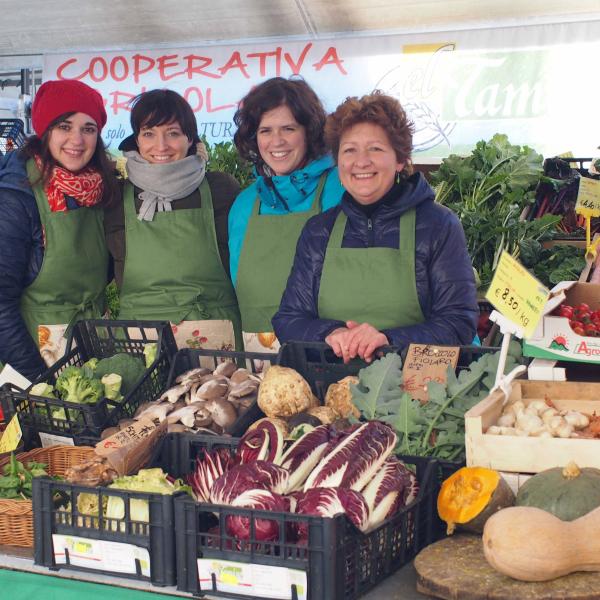MANGO

MANGO by Nicola Manno
Introduction
The mango, Mangifera indica, is native to Asia and is now cultivated in all the tropics, and also in mild temperate climates, such as the Mediterranean one (Sicily and Calabria).
It is a delicious, aromatic, sweet, juicy fruit rich in nutrients and antioxidants. It weighs about 200 to 700 grams per unit, depending on the variety and lends itself to numerous industrial transformations (juice, frozen pulp, jam, caramelized and dehydrated) and to many domestic preparations: fresh in slices, extracted, blended and as a base for artisanal ice cream.
Mango has always been a fundamental production for many cultures and civilizations of monsoon Asia, from India to Southeast Asia (VI BC), later introduced in tropical Africa and finally in South America (XVI AD), where today it is cultivated in many regions.
Mango and its many varieties constitute a key resource for the food security of the rural Indian population (thanks to the nutritional properties of its fruits that ripen during the dry and unproductive season), and also a fundamental permaculture for soil conservation and the mitigation of climate change.
In fact, it has been calculated that the carbon emissions of the mango supply chain are negative considering that a mango tree sequesters an amount of carbon dioxide twice as much as that emitted during the cultivation and processing of the mango produced by the tree itself.
SOCIO-ENVIRONMENTAL IMPACT IN NORTHERN PERU
In Peru, mango production has grown exponentially over the last 20 years, supported by government programs that relaunch agro-industrial production for export. Recent Case Studies carried out in Peru show that the base of the supply chain focused on the mango supply chain suffers from serious exploitation conditions: the large companies that control most of the extensive mango plantations employ teams of seasonal laborers to harvest, the latter working 12-14 a day for 4-5 months a year, do not enjoy trade union rights, live camped on plantations without services, with hunger wages.
Multinational companies, mainly North American and European, are increasingly being accused and convicted of environmental and human rights violations directly caused or occurring within their supply chains.
There are added environmental problems related to the Mango industry, namely:
- the erosion of biodiversity, with the deforestation of the rainforest, relict woods and wetlands of natural interest, the erosion of surfaces occupied by permanent local crops or spontaneous vegetation;
- the chemical control of parasites (mainly fruit flies and cochineal) so that pesticides are sprayed on a large scale in conventional crops during maturation, with frequent drifts on productions Organic;
- high water consumption, 2-3 times higher (1000 l/kg of fruit) compared to other economically competitive crops (e.g.: bananas 700 l/kg; tomatoes: 200 l/kg; grapes: 100 l/kg).
Access to water resources for agricultural use is in fact becoming a key issue in semi-arid areas of the Peruvian coast: both to support livelihood gardening in marginal rural areas and for irrigation by small mango producers.
In the last decade, cooperatives and associations of small producers have flourished in large provinces of the semiarid coast and the Peruvian Andes that are dedicated to the organic production of mangoes for export, the conservation of mixed agroforestry systems, together with bananas, limes, passionfruit and vegetables for self-consumption and participation in the management of water destined for agricultural use and the equitable redistribution of this resource become fundamental objectives and founding pillars for many agricultural
FAIRTRADE ORGANIC MANGO FROM PERU
The ORGANIC Peruvian Mango that we mainly sell is imported by a Dutch FAIRTRADE certified partner, and produced by two large cooperatives in the Piura region, in the north of the country, which bring together more than 300 small producers, many of whom are FAIRTRADE certified.
The varieties they cultivate are Haden, Edward and especially Kent, which constitutes the largest volume.
The harvest in Peru runs from November to March, followed by the local harvest (Sicily and Spain) and is followed by the production of Burkina Faso (March - May) and finally of Senegal (May - July).
Mango is transported by ship and not by air.
ORGANOLEPTIC AND NUTRITIONAL
PROPERTIES Mango is rich in vitamins, minerals, antioxidants and fibers, and provides about 65 kcal/100 g. Therefore, the caloric content is moderate, while the concentration of vitamin A, C and E, with high antioxidant activity, and folic acid, an essential vitamin for pregnant women, is significant. It is rich in potassium, a mineral necessary to keep the cardiovascular system in shape, and selenium, a mineral with antioxidant power.
The variety determines the concentrations of nutrients and aromas, the composition of the pulp and the color of the skin, which ranges from yellow to bright red. The pulp is generally fleshy and juicy, with a very variable concentration of fibers and sugars, it is generally orange or yellow. Mango contains malic acid and tartaric acid in small quantities (< 1%), as well as quercetin and flavonoids, with antioxidant properties: the flavor depends on the balance between organic acids and sugars, which even in the last stages of maturation produces a range of
very different organoleptic conditions.History and dissemination of MANGO (Wikipedia)
The word 'mango' comes from the Tamil word maangai and then through Malayalam to the Portuguese manga. The first attestation of the word in a European language is found in 1510 in a text by Ludovico de Varthema in Italian as Manga.
It is of Indian origin and since ancient times it has had significant importance: it appears in many Indian legends and is still considered sacred to Hindus, and used as an ornament
It was introduced in the 4th century BC in East Asia and, starting from the tenth century AD, widespread in East Africa. The fourteenth-century Moroccan traveler Ibn Battuta reports it as a present in Mogadishu. In the 17th century, the Portuguese exported it to South America. Today it is cultivated in almost all tropical countries and subtropical countries, in areas not subject to frost, such as in Spain (Andalusia, mainly in the province of Malaga).
Mango crops also exist in Italy, in Caronia, in Fiumefreddo di Sicilia, in Balestrate - Province of Palermo, in Alcamo, in the Niceto Valley and in Calabria. The global spread of crops in the intertropical area means that the fruit is present on the markets all year round. Sicilian production, although limited in time due to the seasonality of mango fruiting in Italy, was of excellent quality, achieving great success also on markets in Northern






